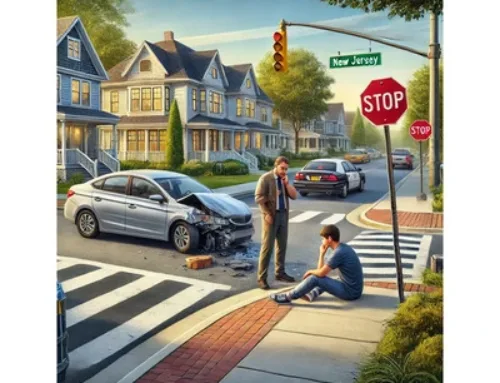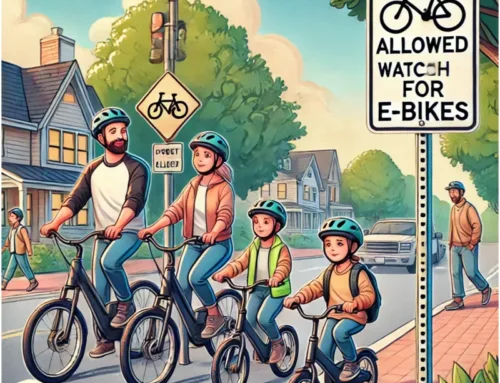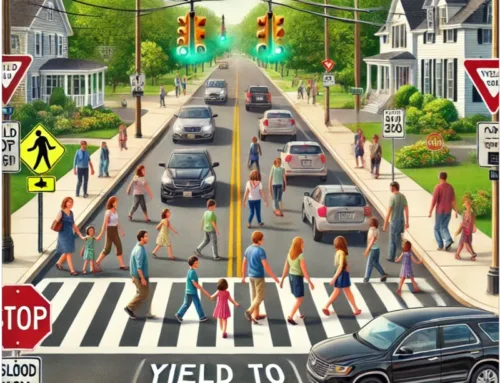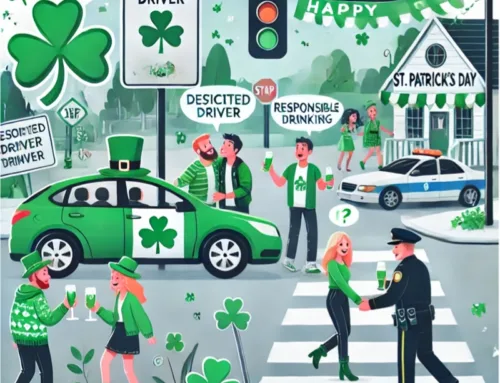In recent legislative developments, two significant acts aim to enhance pedestrian safety and improve transportation infrastructure for non-motorized travelers. The “Sarah Debbink Langenkamp Active Transportation Safety Act” and the “Complete Streets Act” are poised to transform local and state approaches to pedestrian environments, reflecting a growing awareness and prioritization of safe, inclusive travel options. Here’s what these initiatives entail and the lessons they offer.
 Overview of New Legislative Measures
Overview of New Legislative Measures
- Sarah Debbink Langenkamp Active Transportation Safety Act: This act allocates federal funds specifically for the development of bicycle and walking paths. The focus is on creating safe, accessible routes that encourage walking and biking as viable transportation alternatives.
- Complete Streets Act: This legislation mandates states to devise strategies that enhance transportation accessibility for all, including children, seniors, and individuals with disabilities. The aim is to design and implement thoroughfares that safely accommodate various users, ensuring comprehensive access to city streets.
These measures showcase a federal commitment to active transportation, acknowledging the need for diverse and inclusive mobility solutions.
Implications for Local and State Governments
The introduction of these acts provides several key opportunities and challenges for local and state government entities:
- Funding Opportunities: With federal dollars on the table, municipalities can now fund projects that might have been financially out of reach, potentially accelerating the development of pedestrian-friendly infrastructures.
- Planning and Development Challenges: States are required to rethink their transportation frameworks. This means integrating comprehensive street designs that cater to a broad user base, necessitating innovative planning and robust policy-making.
- Safety and Accessibility Enhancements: As Midland Park Councilwoman Lorraine DeLuca emphasizes, prioritizing pedestrian safety not only prevents accidents but also fosters a community atmosphere where residents feel secure and connected. This holistic approach to community planning can significantly enhance public well-being.
Benefits of Embracing Active Transportation
The shift towards active transportation offers extensive benefits:
- Health Improvements: Regular physical activity associated with walking and biking significantly reduces the risk of chronic diseases such as heart disease, diabetes, and stroke.
- Environmental Impact: Decreased reliance on motor vehicles reduces urban air pollution and carbon emissions, contributing to environmental health and combating climate change.
- Economic Advantages: Investing in pedestrian infrastructure can boost local economies by increasing accessibility to businesses and reducing transportation costs for residents.
Challenges and Considerations
While the potential benefits are substantial, several considerations must be addressed to ensure the success of these legislative efforts:
- Equitable Implementation: It is crucial that the development of new paths and streets does not disproportionately benefit certain groups over others, particularly in underserved communities.
- Maintenance and Sustainability: Developing infrastructure is only the first step. Continuous maintenance and adaptations to changing needs are essential to sustain the long-term usability and safety of transportation facilities.
- Community Engagement: Successful implementation requires active involvement from the community to ensure that the developments meet the actual needs of residents and are used effectively.
Looking Ahead: A Safer Future in Active Transportation
The passage of the Sarah Debbink Langenkamp Active Transportation Safety Act and the Complete Streets Act marks a proactive step towards safer, more inclusive transportation options across the United States. These legislative measures not only underscore the importance of pedestrian safety but also highlight the benefits of integrating active transportation into daily life. As municipalities begin to implement these changes, the anticipation of a safer, healthier, and more connected community landscape grows.
By learning from these legislative models, other regions can develop strategies to improve their own transportation infrastructures, leading to widespread benefits in public health, environmental sustainability, and economic vibrancy. As we continue to improve our local infrastructures, the impact of these changes on community well-being and safety is promising.
For those interested in exploring how these advancements might benefit your community or to discuss potential projects, please Contact Us for a free consultation.
Contact MyNJInjuryLawyer Howard P. Lesnik
If you or a loved one suffered an injury in an accident in NJ, you should contact an attorney familiar with handling these claims. An experienced NJ Injury Lawyer will know how to obtain medical records, videos, photographs, experts, locate witnesses and contact the insurance company so you can make a claim for your injuries.
My NJ Injury Lawyer Howard P. Lesnik, Esq. offers complimentary strategy sessions to address any issue or questions you may have for your injury claim in NJ.
Please contact NJ Injury Lawyer Howard Lesnik, Esq., immediately if you were involved in an accident. I personally handle NJ personal injury cases on a regular basis. Please contact me now by email, by phoning 908.264.7701, or by completing the form to the right to schedule your complimentary 30-minute strategy session. Call me direct and I will answer 5 questions that you have about your potential claim.







